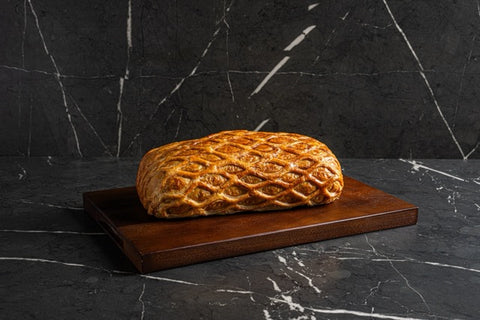1. What is Wagyu Beef?
The word “Wagyu” means “Japanese cow” (wa = Japanese, gyu = cow), and refers to specific Japanese cattle breeds known for their intense marbling, rich flavor, and buttery texture. There are four main Wagyu breeds: Japanese Black (Kuroge), Japanese Brown (Akage), Japanese Shorthorn, and Japanese Polled. Thanks to the popularity of Wagyu beef, other countries like the U.S. and Australia have developed their own Wagyu herds.
Stone Axe MB 9 Wagyu Ribeye Steak
2. What makes Wagyu different?
-
Genetics
Wagyu cattle have unique genetics that make them predisposed to high levels of intramuscular fat, the famous marbling that gives the meat its melt-in-your-mouth texture.
-
Diet & Care
Wagyu cattle are raised with care, often fed a special diet of grains and rice straw. Wagyu cattle are typically raised in carefully controlled, low-stress environments. While they’re not always in mountainous or high-altitude areas, they often live in quiet, rural regions where the climate and surroundings help maintain their well-being.
Stone Axe MB 9 Wagyu Striploin Steak
3. How is Wagyu beef graded?
To help consumers understand the quality of the meat they’re buying, different countries use specific grading systems. Two of the most well-known are the Japanese and Australian grading systems.
- Japan’s Wagyu grading system is the most respected in the world, known for its strict criteria and exceptional standards. It evaluates two main things:
-Yield Grade (A–C): Refers to how much usable meat is obtained from the carcass. “A” is the highest.
-Quality Grade (1–5): Looks at marbling (intramuscular fat), color, brightness, firmness, texture and quality of the fat. - Australia has become one of the biggest producers of Wagyu outside Japan, with its own grading system tailored to both fullblood and crossbred Wagyu. The most important indicator is the Marble Score (MB): The MB scores range from 0 to 9+ (MB0 = very little marbling and MB9+ = incredibly rich, similar to Japanese A5).








